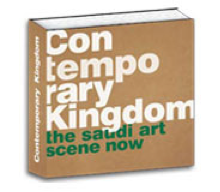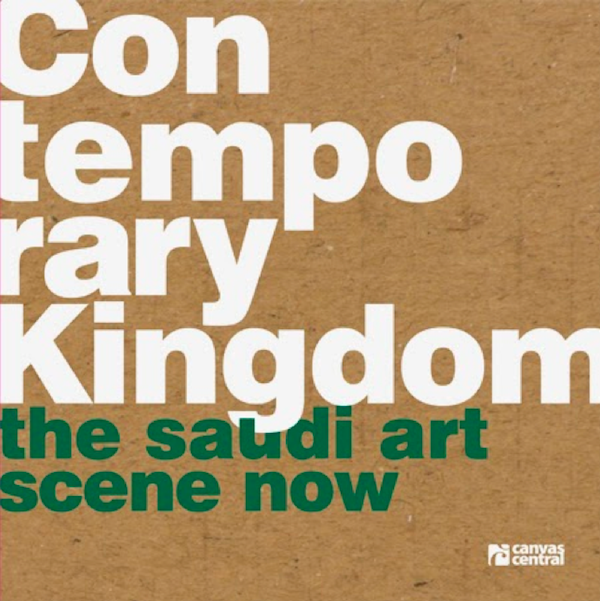Galleries
artnet Asks Saudi Art Scene Expert Myrna Ayad
In a post–9/11 world, the editor's new book challenges preconceived notions.

In a post–9/11 world, the editor's new book challenges preconceived notions.

Benjamin Genocchio

Edited by Canvas magazine editor Myrna Ayad, the 360-page book Contemporary Kingdom: The Saudi Art Scene Now (Canvas Central) was launched in February on the occasion of the ‘21,39’ Jeddah Arts initiative, a nonprofit endeavor organized by the Saudi Art Council in advance of Art Dubai. The book’s foreword is by HRH Princess Jawaher bint Majed bin Abdulaziz Al-Saud, president of the Al-Mansouria Foundation. artnet News recently caught up with Ayad.

Book cover of Contemporary Kingdom: The Saudi Art Scene Now
What has changed in Saudi Arabia that the art scene is now gaining steam?
Simple: it’s good art and it’s supported by an army of cultural protagonists who believe in it. And this army isn’t just Saudi.
What characterizes Saudi artists, as opposed to other Arab artists?
That’s a very broad question, but generally I’d say the majority of Saudi artists are self-taught and many have day jobs. In many respects, it was these artists who created the scene, given a minimal cultural infrastructure. Also, the majority create [sculptural] installations and photographs—only a handful are painters. Arab artists residing in their homelands faced issues pertaining to political conflict; Saudis, on the other hand, recognized such change in the region and with the arrival of the Internet and the lack of an infrastructure, took to experimenting with new platforms to express themselves.
Who are the 10 Saudi artists we need to know?
I prefer not to list a “top 10” and suggest the young and emerging artists to look out for: Nasser Al Salem, Musaed Al Hulis, Sami Al-Turki and Dana Awartani.
What was the most unexpected thing you discovered doing this book?
Several things: for a start, a rich, modern movement; an impressive degree of patronage in the art scene’s early years; the variety and scope of Saudi collections; a sincere community approach to the contemporary art scene; and the somewhat “clandestine” practices of contemporary artists in Abha, whose artists are now recognized the world over.
What is the biggest challenge facing the Saudi art scene?
From the West: Being pigeonholed into stereotypes, being classified as art inspired by limiting themes such as “gender issues,” “repression,” “women’s rights.” Also, being exoticized for just being “Saudi art,” as though it is a miracle or phenomenon that Saudis are creating art. As far as the Saudi art scene itself is concerned internally, there’s no stopping its protagonists, who are eager for more government support and patronage—this is one of the next steps. There needs to be more engagement with the art scene from a governmental level—art schools and the like.
Why did you choose the Saudi art scene as a topic for this book?
The time is ripe and the time is now. We had been monitoring the Saudi art scene making its leaps and bounds over the last few years and there is something to be said about surveying a contemporary art arena in its nascent stages. It is incredibly rewarding to communicate what is unknown and in other cases change preconceived notions. I’ve noted in the book’s preface: “Who would have thought that a group of aspiring, talented, and admirable artists could have the power to alter the face of Saudi Arabia?” This is in line with Canvas’s foundational objective a decade ago: It was established to combat stereotypes in a post 9/11 world and one way to do this is through art and culture.
What is next in line in terms of publishing?
Canvas has been commissioned by Abu Dhabi’s Salama Bint Hamdan Al Nahyan Foundation to produce Art Scene UAE: Visual Arts Practices in the Emirates in separate editions of English and Arabic. At 400+ pages each, these will be released in November 2014 in time for Abu Dhabi Art.